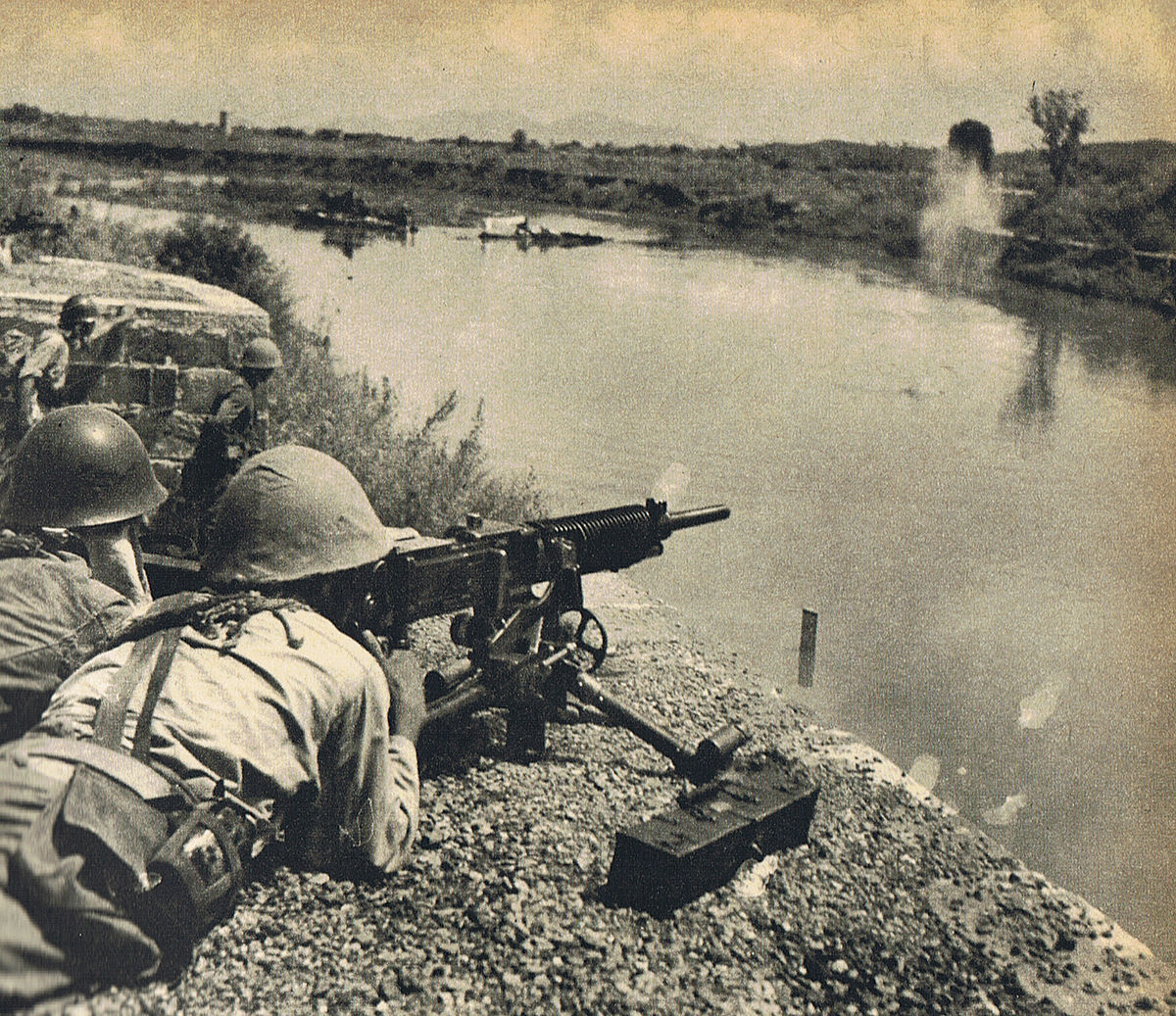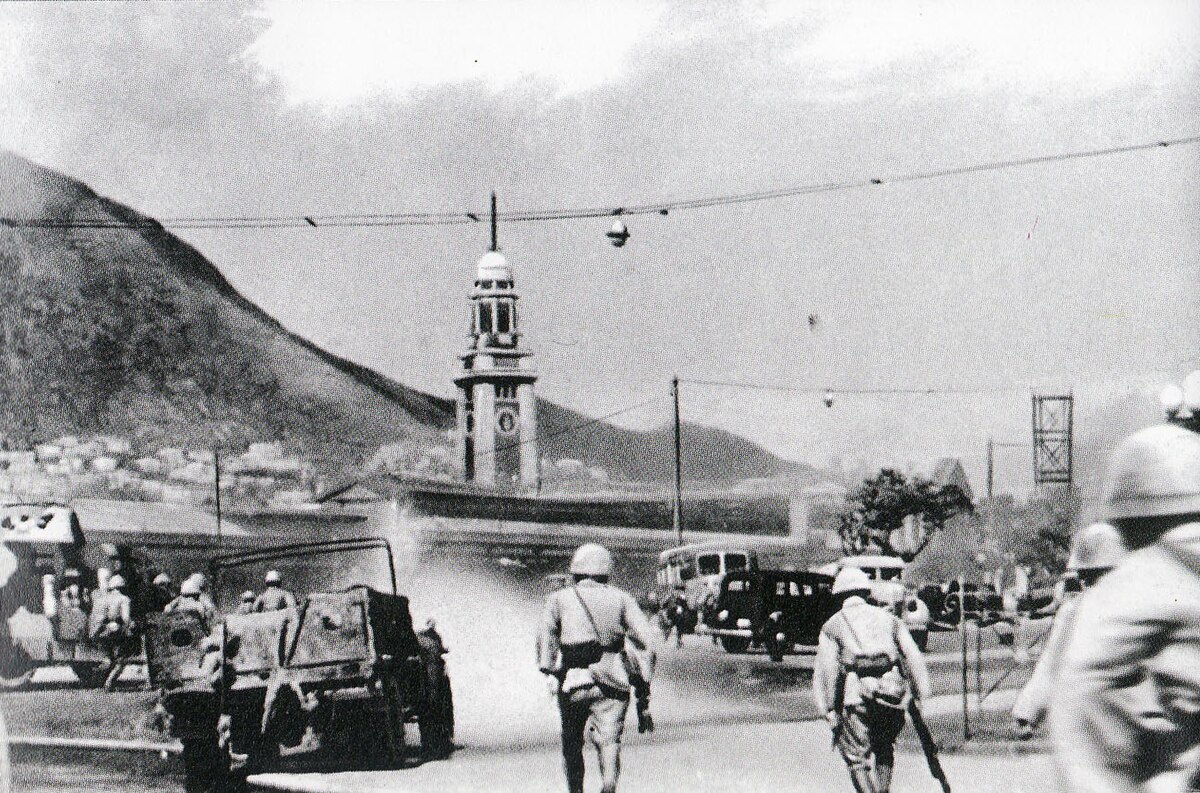Second Sino-Japanese War

Video
The Second Sino-Japanese War commenced on 7 July 1937, following the Marco Polo Bridge incident near Beijing, which escalated into a full-scale invasion by Japan. The Japanese military, initially deploying over 180,000 troops, quickly captured Beijing and Tianjin by the end of July. The National Revolutionary Army (NRA), under the command of Chiang Kai-shek, faced significant challenges due to inadequate preparation and resources. The conflict intensified with the Battle of Shanghai starting on 13 August 1937, where approximately 300,000 Japanese troops engaged in fierce urban combat against around 70,000 Chinese defenders. Despite initial resistance, the Japanese forces captured Shanghai by 9 November 1937, leading to the fall of Nanjing in December, where they committed widespread atrocities known as the Nanjing Massacre, resulting in an estimated 200,000 to 300,000 civilian deaths and tens of thousands of rapes.
In 1938, the Japanese aimed to consolidate their control over China, capturing key cities and engaging in brutal campaigns, including the Battle of Wuhan, which lasted from June to October. The Japanese forces, numbering around 400,000, faced over a million NRA troops but ultimately forced a retreat of the Nationalist government to Chongqing. The Chinese military suffered heavy casualties, with estimates of up to 500,000 soldiers killed or wounded during the battle. Despite these losses, the Chinese forces managed to inflict significant damage on Japanese supply lines and maintain guerrilla resistance, particularly through the efforts of the Chinese Communist Party (CCP) in rural areas.
As the war progressed, Japan launched Operation Ichi-Go in 1944, mobilizing 500,000 troops to secure vital territories in Henan and Changsha, resulting in approximately 750,000 casualties among Chinese forces. However, the operation ultimately failed to achieve a decisive victory, and by 1945, the Chinese military began to regain ground, retaking regions in Guangxi and Hunan. The war concluded with Japan's formal surrender on 2 September 1945, following the atomic bombings of Hiroshima and Nagasaki. The conflict resulted in an estimated 20 million deaths, primarily among Chinese civilians, and left China significantly weakened, setting the stage for the resumption of the Chinese Civil War shortly thereafter.
Result/Victory
 China
China


 Japan
Japan







 Inconclusive
Inconclusive








































